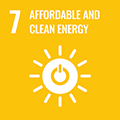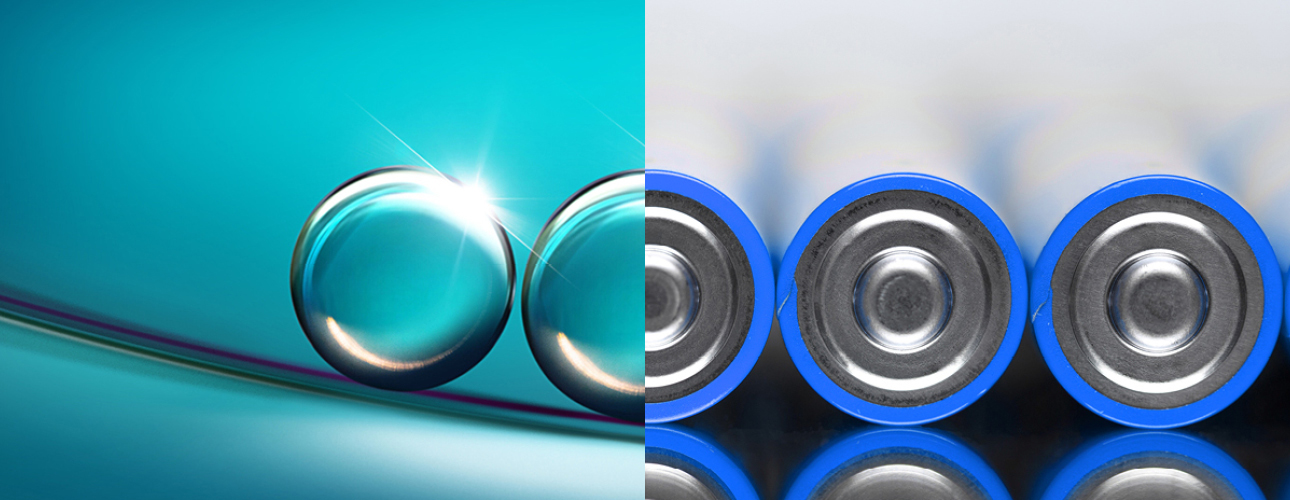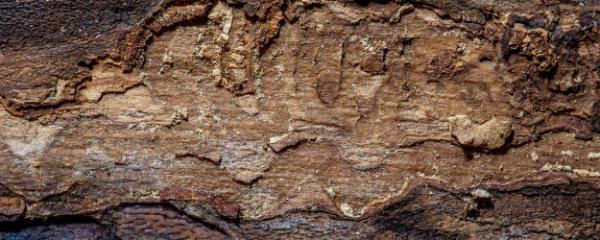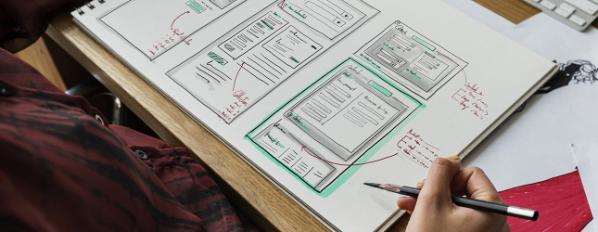Researchers at the QUILL Research Centre (Queen's University Ionic Liquid Laboratories) are discovering how ionic liquid technology can be used in the development and recycling of magnets and batteries used in renewable energy technologies.
Research Challenge
HOW TO MAKE RENEWABLE ENERGY TECHNOLOGIES MORE SUSTAINABLE?
Rare earth metals are a critical component of sustainable technologies. For example, they are used to manufacture the magnets that power wind turbines and electric cars.
The world’s supply of rare earth metals is dwindling. They need to be mined, which is harmful to the environment, and recycling rates are low and involve challenging separation processes. To reduce the carbon footprint of battery manufacturing, researchers at QUILL have been working on the recovery of rare earth metals from end-of-life magnets and batteries.
There is also a growing and urgent need for more energy storage batteries as we move away from fossil fuels and transition to renewable energies. This is particularly true for intermittent renewable energies such as wind and solar. In Northern Ireland alone, 20-30% of wind energy that is produced is lost.
Traditionally used for energy storage, lithium-ion batteries have a limited shelf life of 5-7 years and rely on critical metals. Therefore, QUILL is developing a more sustainable solution for renewable energy storage.
Our Approach
COLLABORATIVE RESEARCH AND INDUSTRY PARTNERSHIPS
Collaboration has been invaluable in terms of our approach.
QUILL brings together researchers from the fields of applied chemistry and chemical engineering. By combining their knowledge and resources within the area of ionic liquids, they can build on their expertise, provide new sustainable energy solutions, and take them through to technology readiness levels.
QUILL is also working closely with long-term partners in the energy industry. This includes multinational, global companies such as Chevron and Petronas who have previously worked with Queen’s on removing toxic heavy metals from petrochemical processing.
Our researchers are using the knowledge and technologies from these partnerships and applying them to the development of renewable energy technologies.
“The strength of QUILL lies in the fact that pre-competitive, fundamental research is supported by industrial knowledge and engineering capability - facilitating an interdisciplinary approach to finding solutions to sustainability challenges.”
What impact did it make?
GREENER ENERGY STORAGE USING IONIC LIQUIDS TECHNOLOGY
Researchers have created an environmentally benign, ionic liquids-based method to separate rare earth metals.
The method separates end-of-life magnets back into pure metals to make new magnets, reducing the mining of rare earth metals and the carbon footprint associated with transporting them. This technology has been patented and is currently in use by industry partners.
We are also developing a new type of redox flow battery for more sustainable energy storage. Redox flow batteries can store large amounts of energy in their electrolytes and have a lifespan of more than 25 years, offering clear advantages over lithium-ion batteries.
Existing redox flow batteries use vanadium, a critical metal that will quickly become short in supply as demand increases. Our alternative uses iron instead of vanadium, a far more abundant resource. This may offer superior performance in terms of longer life, high cyclability, and faster charging.
Our impact
Impact related to the UN Sustainable Development Goals
Learn more about Queen’s University’s commitment to nurturing a culture of sustainability and achieving the Sustainable Development Goals (SDGs) through research and education.











